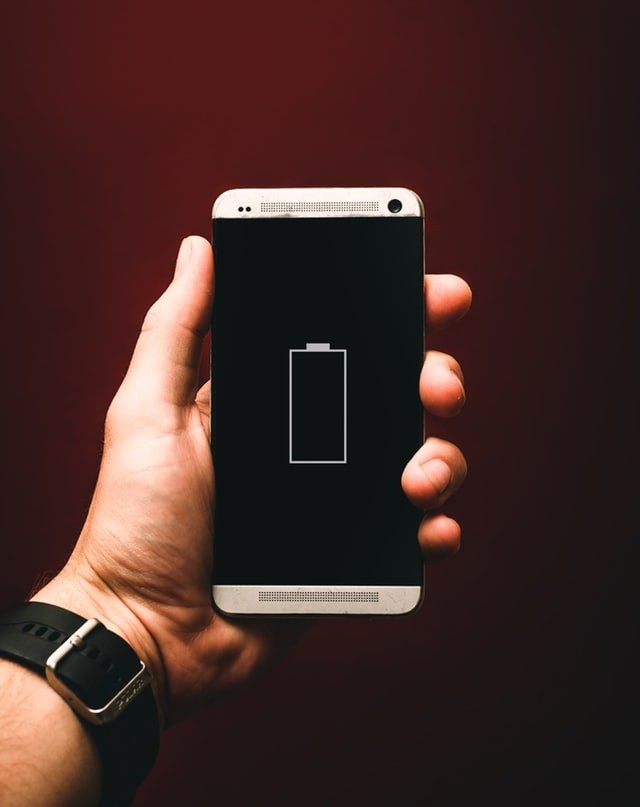
Having your own smartphone is also knowing, how frustrating it is to have the battery die just right when you need to use it most. Whether you're in the middle of a call with your mom or any member of the family or sending an important message to your colleague or boss, these modern days display and phone technology put so much strain on the battery inside your device.
However, you can improve your phone's battery life by modifying or changing your attitude towards the use of mobile phones, and taking advantage of the features built into it whether you are using an iOS or Android phone.
The four steps below are certainly what you need if you are always on the go and you always run out of battery life. You don't necessarily need a power bank or an extra battery life to guarantee that your phone is always powered up. You don't need too much money either as following the steps don't need you to spend even just a cent. Read on and discover how easy and practical this 'how-to' is.
Four Easy Ways
More often than not, a person who's experiencing frequent dead battery is someone who has owned his phone for years already. Surely buying a new one is not an option yet especially if you don't have the budget yet. And even if you already have, you might want to try these simple steps first especially if the battery is your only issue.
Learn Which Apps Drain Your Battery
Whether you are using an Android or iOS phone, from the 'settings,' tap the 'battery' icon. From there, you will see all the apps that use up battery life. Once you've identified the apps, you can either, completely uninstall them, and enjoy the battery savings you can get, or select individual settings and try reducing their use of the battery. Check too, if you can stop the apps from automatically updating frequently. If you are considering to uninstall Twitter or Facebook as the two consume too much battery life, don't worry. Even if you've uninstalled them, you can still access the two social media apps through your mobile browser.
Have Your Built-In Battery Features Activated
If you own an iOS phone, the feature is called "Low Power Mode" which can be found in 'settings' under 'battery.' Enabling can be done manually or opt to activate it when the battery life reaches 20 percent. At this point, a pop-up indicator appears automatically seemingly reminding you of the low-power in your battery.
For the newer Android versions, it's called "Battery Saver." Just go to "Settings" under "Battery." Like the one in iOS, this one turns off some background services too and restricts what your mobile apps can do when not currently active and in use. More so, they can be manually or automatically activated when your battery life reaches a certain level.
Make Some Adjustments in the Settings of Your Phone
The brightness of the phone screen is among the major factors that affect the battery life of the device. Therefore, turning down the phone screen's brightness can help save the life of the battery. You may also switch to dark mode for your phone battery not to empty. These options can be found in Android settings under "Display", then, search for the "Display and Brightness" option if you're using an iPhone. Both the iOS and Android phones will allow the user to adjust how fast the screen lock gets activated on their phone.
Disconnect the Device
There's no other more effective way to save battery life than having the device disconnected from the networks it depends much on like Facebook, for one. If you're traveling and you need to at least, retain your battery level, put the phone in airplane mode. The only drawback here is that you cannot use anything that will link you to the internet at all.
You cannot make calls either, neither send or receive text messages, too. However, if you do, need your phone battery preserved, this is just an option. And it means. To do this with your Android phone, swipe down from your screen's top part, or swipe down from your iOS phone screen's top right to reach the "toggle" switch.
© 2026 ScienceTimes.com All rights reserved. Do not reproduce without permission. The window to the world of Science Times.












